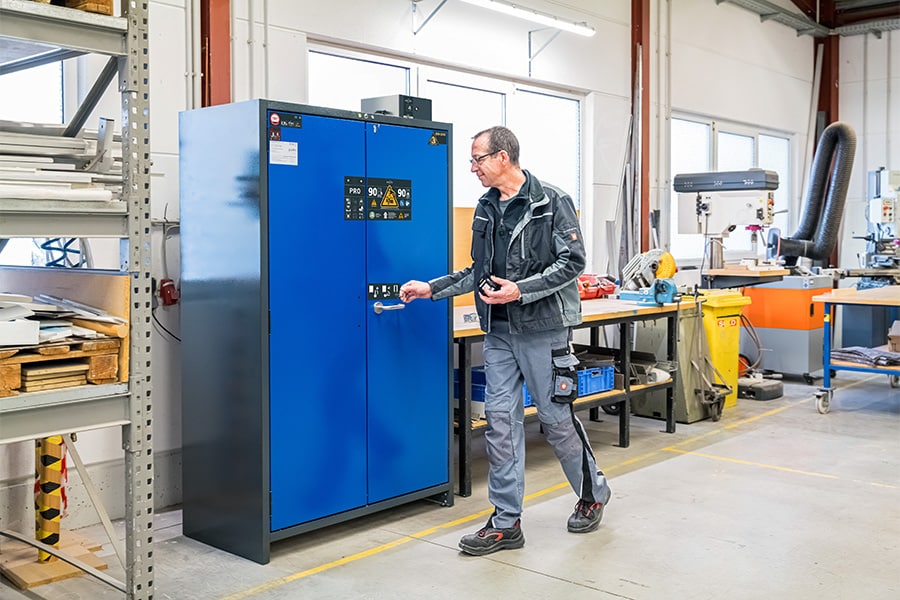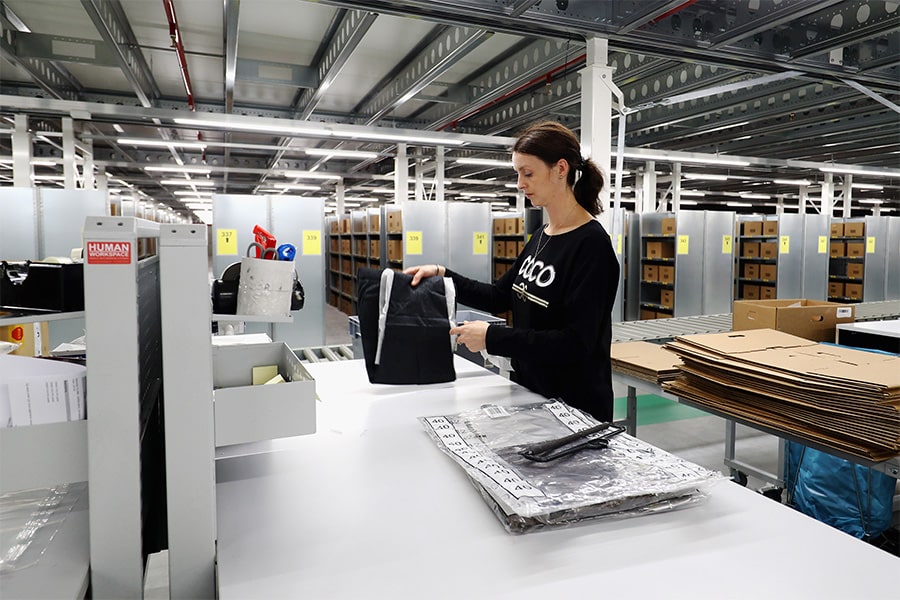
New brand of forklift conquers heart of logistics market
Last year, the logistics market was treated to a new brand of forklifts: Bobcat. The products of Doosan Industrial Vehicle were in fact included in the Bobcat program. Curious about user experiences, we contacted reseller TVH Equipment in Waregem, West Flanders. However, Product Manager Material Handling Geert Van den Bergh immediately referred us to one of his enthusiastic customers: “We have been working with the successful metal construction company Alinco for almost thirty years. Thanks to the integration of Doosan Industrial Vehicle, Bobcat benefits from decades of experience, modern production facilities and a worldwide service network.” Alinco CEO Karine De Bie explains why a well thought-out forklift fleet is indispensable within their manufacturing environment. “We specialize in stainless steel sheet metal and continuously move sheets of quite large sizes. To do so, we use large pallets up to a size of two by six meters. That requires extra-wide fork boards and sufficient lifting capacity. But also to trucks that continue to perform reliably day in and day out.” Alinco came into contact with Van den Bergh thirty years ago and, together with TVH, tested several forklifts. “In the end, the classic forklift version from Bobcat, with some targeted modifications, proved to be the best choice for our shop floor,” says De Bie.

Utilizing space
In addition to the wider fork boards, some trucks received an integrated weighing module. “With the most recent purchase, we also asked for an extra high mast. Our new building is quite a bit higher compared to the old one and now we can also use the top one and a half meters of our space.”
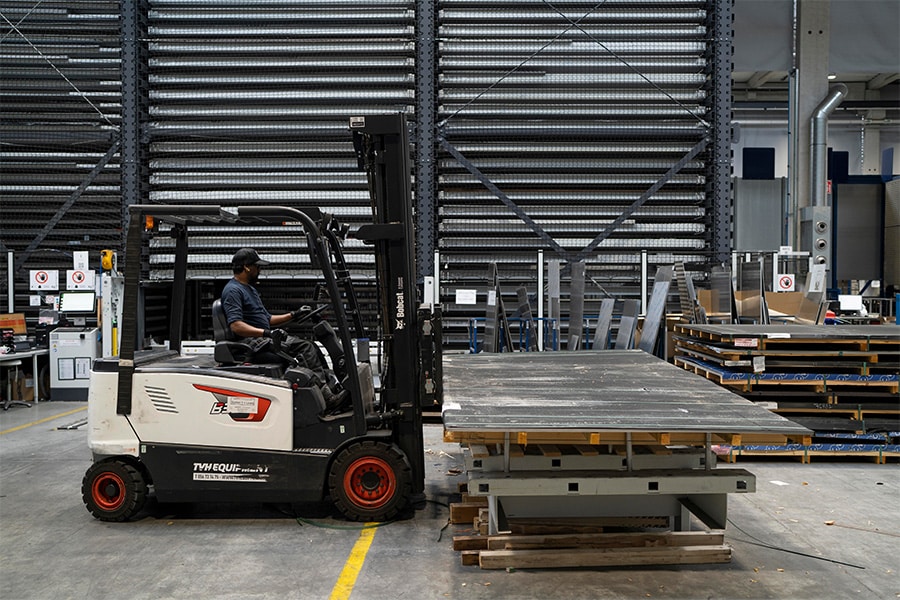
Material handling line
Bobcat's material handling line includes a wide range of machines for safely and efficiently performing logistics processes: forklifts powered by diesel, electric or LPG engines and warehouse equipment such as reach trucks, pallet trucks and stackers. The diesel and LPG forklifts have lifting capacities of up to sixteen tons, and the electric forklifts up to ten tons.
For warehouses and distribution centers, the quiet, emission-free electric variants are of particular interest. After all, these have the perfect combination of safety, precise driving and lifting characteristics and a positive effect on air quality. “Those who also choose additional options such as load weighing and height or position indication gain time in order picking, stock control and quality checks. From every operation you take away, a warehouse immediately becomes more efficient,” Van den Bergh adds.
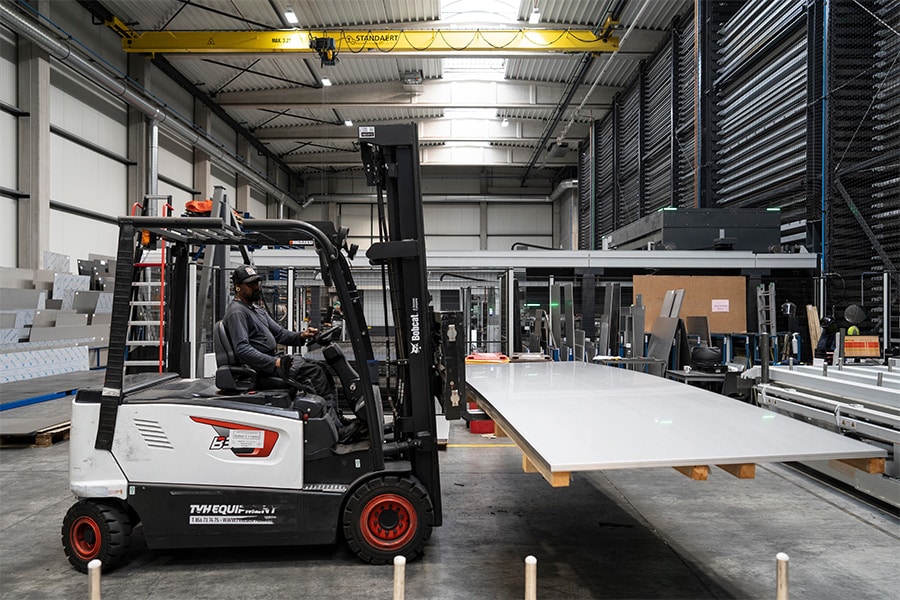
Electric drive
This spring, Bobcat presented several important innovations: a new range of warehouse equipment (Class 3), a range of three-wheel forklifts and the launch of a proprietary Li-ion battery, available in various capacities. These batteries, developed by Bobcat itself, will form the basis for the majority of future electric forklifts.
For Alinco, the choice of an electric drive has long been self-evident. Their forklift fleet consists of twelve trucks, eleven of which have electric motors. De Bie: “We bought our first Bobcat forklift in 1996 and at that time we made a conscious decision to go electric. If you work in an indoor area, that's the only option as far as we're concerned, because we want clean air for our employees. For the really heavy work we have one 9-ton truck running on LPG, but otherwise we drive completely emission-free.”
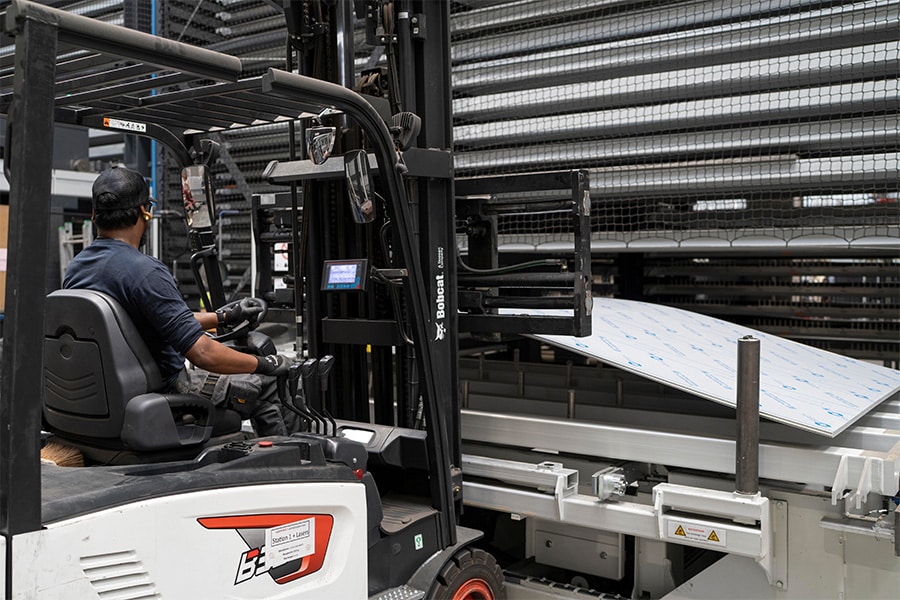
Quality
Alinco is all about quality, customer support and service: from a perfect design over a high end finish to meeting delivery time commitments. Customers mainly belong to the pharmaceutical, food or mechanical engineering sectors. “We try to support our customers optimally and to the full extent. Among other things, by offering many options, including plate processing up to six meters. Thanks to our large stock of current materials, we can also switch quickly. Good service is important to us and it is therefore pleasant that we also experience this at TVH Equipments. If we have a problem or need something urgent, we can call Geert and are assured of a suitable solution with a correct quotation.”

